Farmers harvest pepper. (Photo: Tran Viet/VNA)
According to the President of the Vietnam Pepper and Spice Association Hoang Thi Lien, in the first seven months of 2025, Vietnam exported 145,046 tons of pepper of all kinds with a turnover of 988 million USD. Compared to the same period in 2024, the export volume decreased by 11.7% but the turnover increased by 29.3% due to the average export price increasing compared to the same period last year, in which the price of black pepper reached 6,713 USD/ton, white pepper reached 8,756 USD/ton, up 47% and 41.2% respectively.
This is the highest price in many years, clearly reflecting the recovery trend of the world pepper market and the improvement in quality and added value in our country's production chain.
Regarding cinnamon products, Vietnam exported 73,080 tons, with a total turnover of 187.5 million USD, an increase in both volume and value compared to the same period in 2024, by 34.9% and 21.6%, respectively. Also in the first seven months of 2025, Vietnam exported 9,276 tons of star anise with a total turnover of 35.7 million USD.
The main export markets for our country's spice products are the US, India, the United Arab Emirates, the European Union (EU)...
Among the spices, pepper is still the main product, with an expected turnover exceeding 1.32 billion USD in 2024. In the first seven months of 2025, Vietnam's largest pepper export market is the US, reaching 30,890 tons, accounting for 21.3% of the market share...
In addition to traditional markets, the UK is emerging as a potential market for pepper in 2025. Statistics from the Import-Export Department ( Ministry of Industry and Trade ) show that in the first four months of 2025, Vietnam was the largest pepper supplier to the UK, accounting for 59.94% in volume and 62.72% in value of total imports.
The opportunity to expand the market share of Vietnamese pepper in the UK is still high because this product has many advantages in terms of supply, price and trade policy. With abundant and continuous supply, we can easily meet large orders from the retail system in the UK.
In terms of price, the price of Vietnamese pepper is currently significantly lower than that of Indonesian pepper while the quality is improving, suitable for businesses and supermarket chains in the UK looking for products with reasonable prices but stable quality.
Although there have been many positive signals in the export of Vietnamese spices in recent times, this industry is also facing fierce competition from countries exporting similar products. Specifically, in the Chinese market, Vietnamese pepper must compete on price with pepper from Indonesia. This requires businesses to adjust prices flexibly and delivery strategies to suit fluctuations in demand at each stage. In India, Vietnamese pepper is also facing competition from supply from Sri Lanka and Brazil.
According to Mr. Phan Minh Thong, Chairman of the Board of Directors of Phuc Sinh Joint Stock Company, for pepper in particular and spices in general, the import market is increasingly demanding in terms of quality and food hygiene and safety. Accordingly, natural spice products, without additives, with organic certification, and clear traceability are of interest to consumers, so businesses also need to follow the direction of green production.
For many years, Phuc Sinh has implemented a sustainable pepper growing model through cooperation with farmers to produce according to international standards. Every year, the company conducts technical training programs for farmers in raw material areas. Therefore, Phuc Sinh pepper is mainly exported to the US - one of the markets with strict requirements on quality standards.
In the coming time, to take advantage of growth opportunities for the spice industry, the Vietnam Pepper and Spice Association said it will continue to organize national programs on trade promotion, specifically trade transactions in Germany and the Netherlands; coordinate with businesses to organize training courses for farmers on sustainable farming; implement the pepper replanting model in key provinces; complete the digital map data of Vietnam's spice plants. At the same time, the association will proactively monitor issues related to value added tax, certificates of origin, counterpart taxes, food safety certificate templates, etc. to support businesses in improving production and export capacity.
Source: https://baoquangninh.vn/co-hoi-tang-truong-cho-nganh-hang-gia-vi-3372670.html



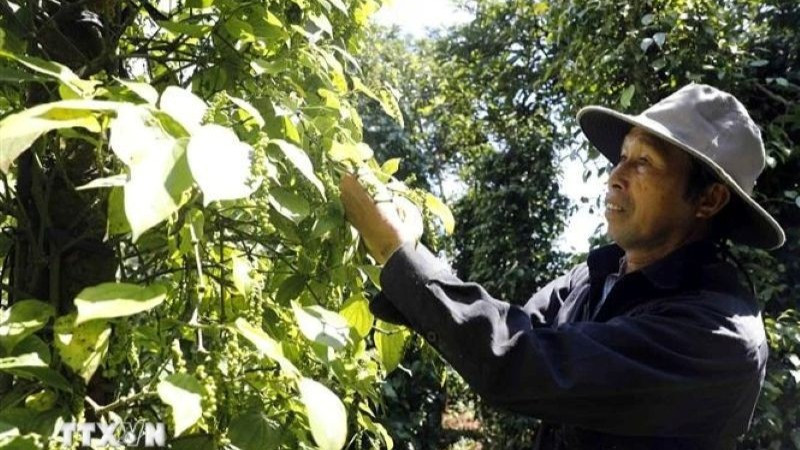
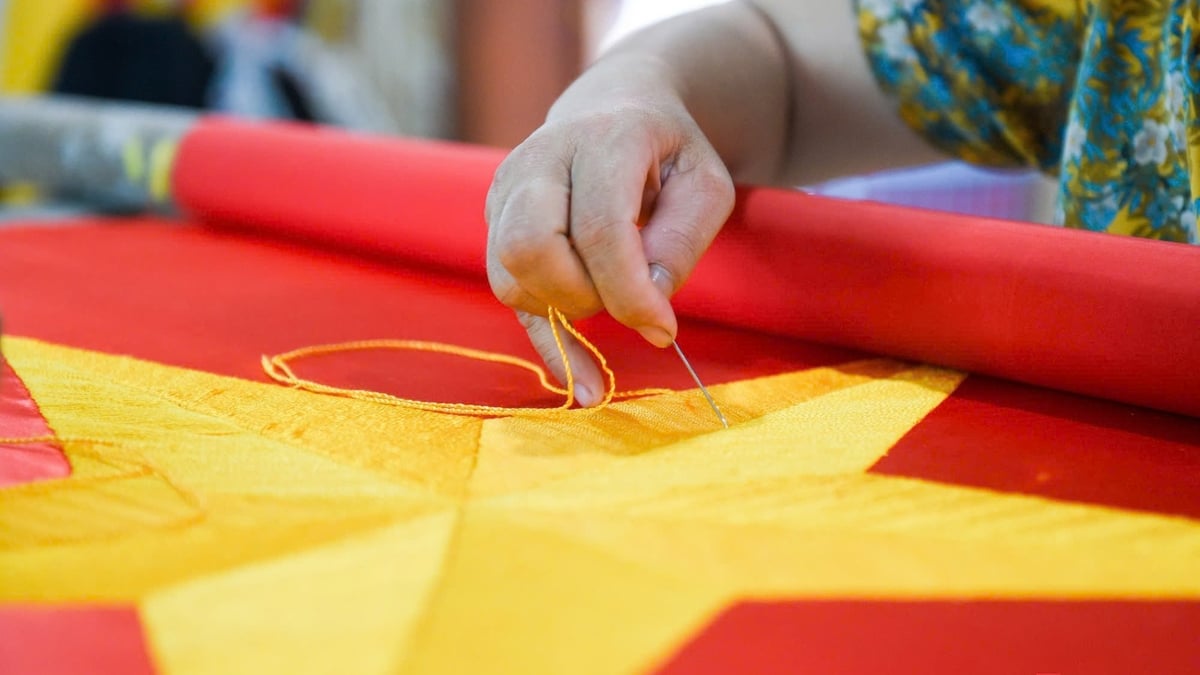



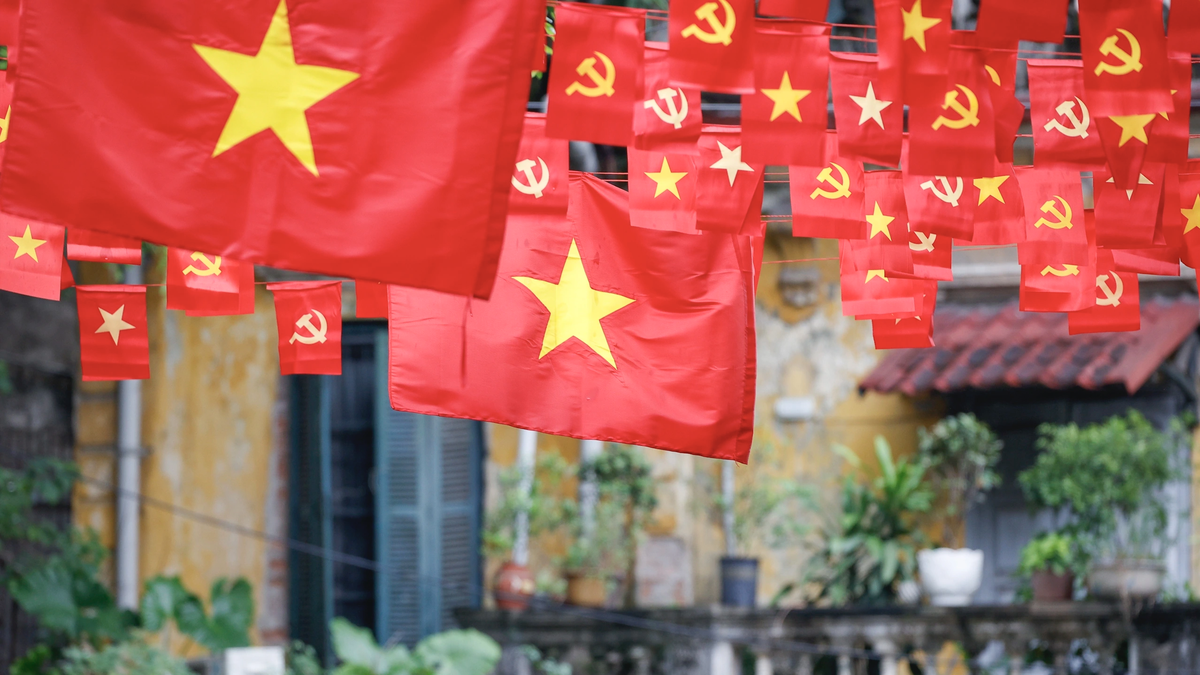
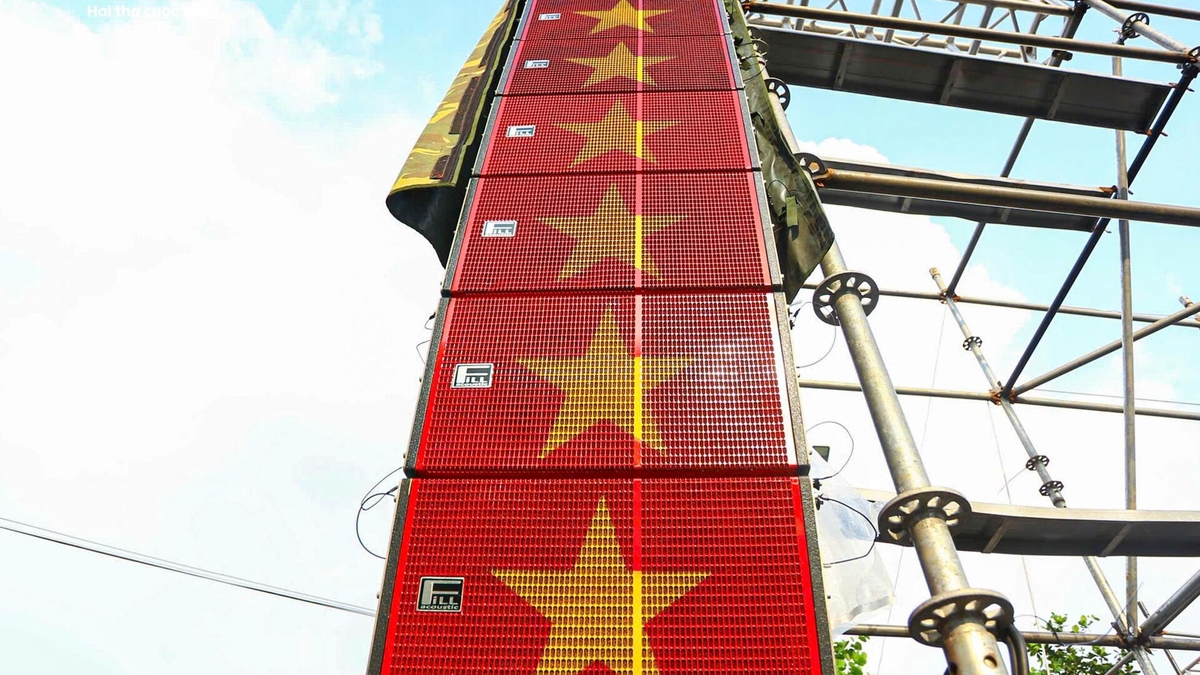
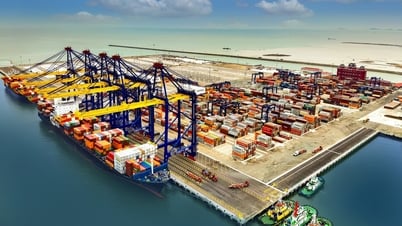

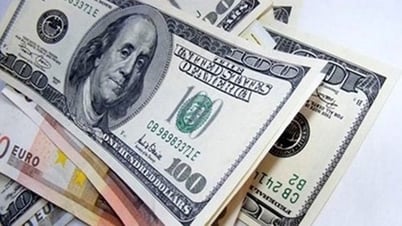

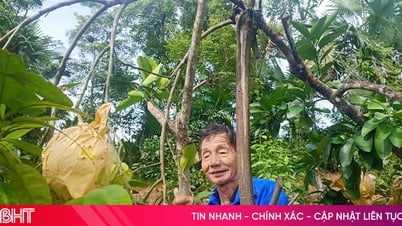



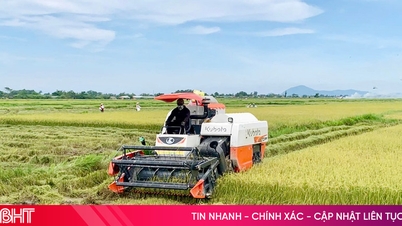








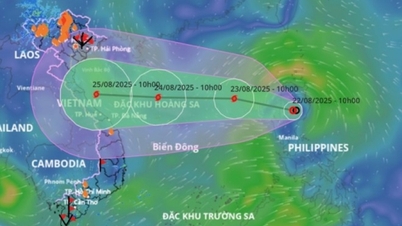
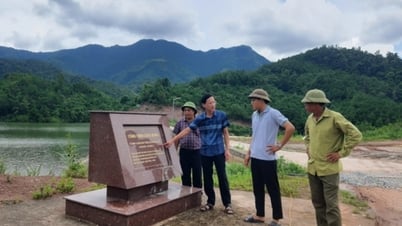
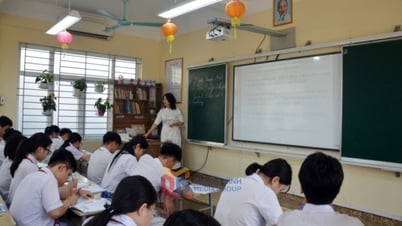

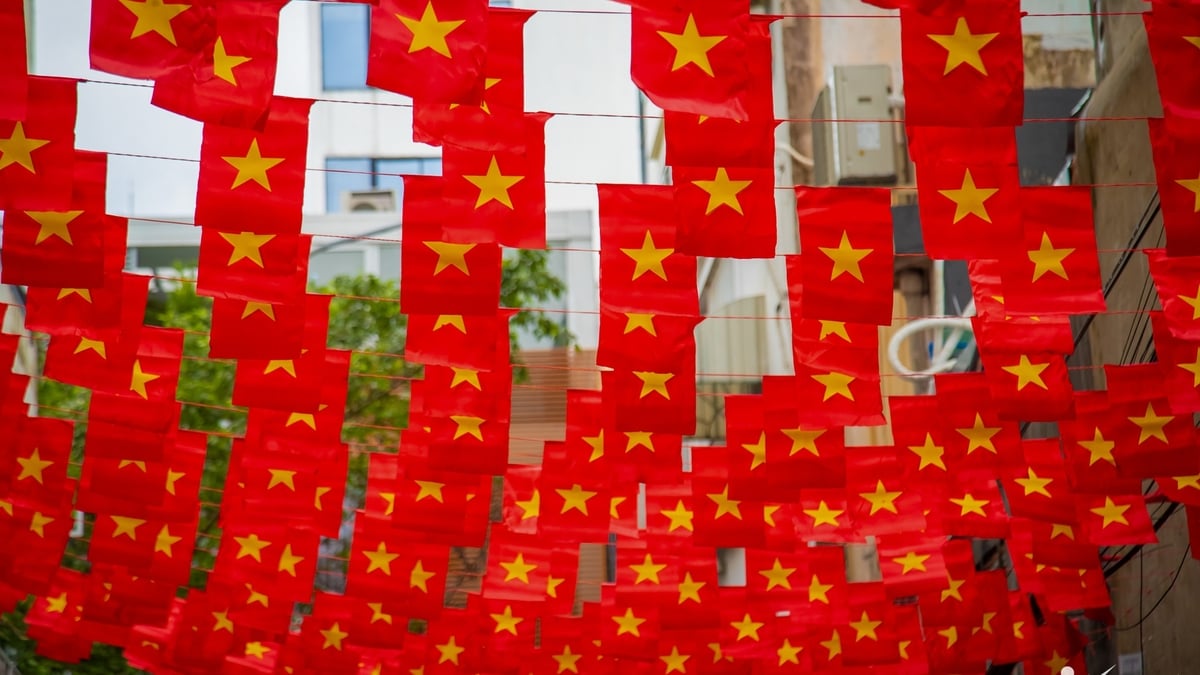

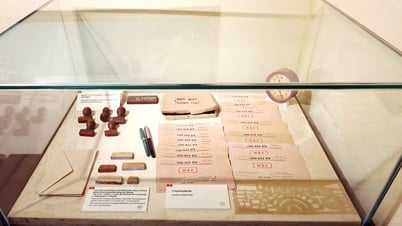





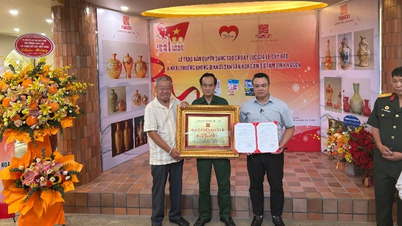







































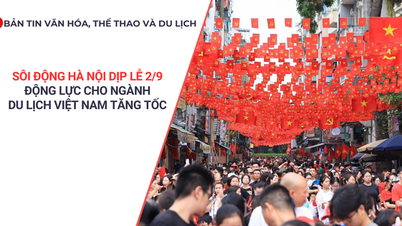

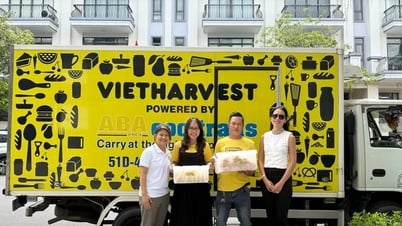

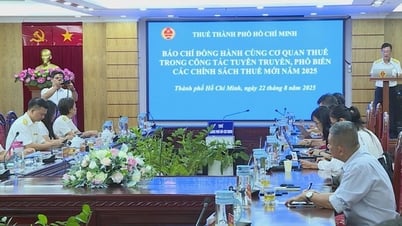
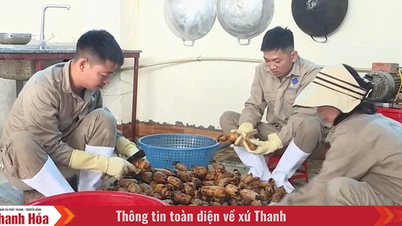



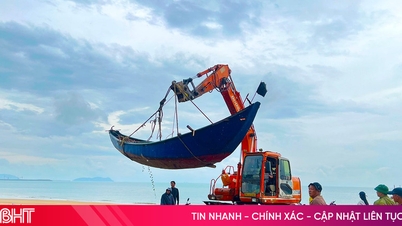
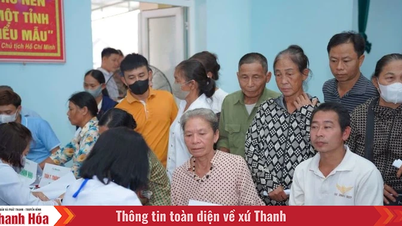
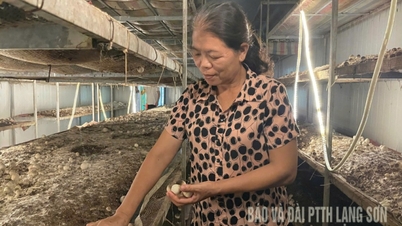

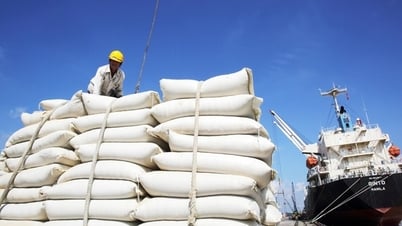



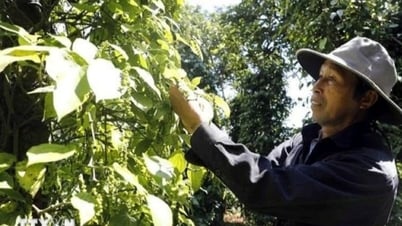



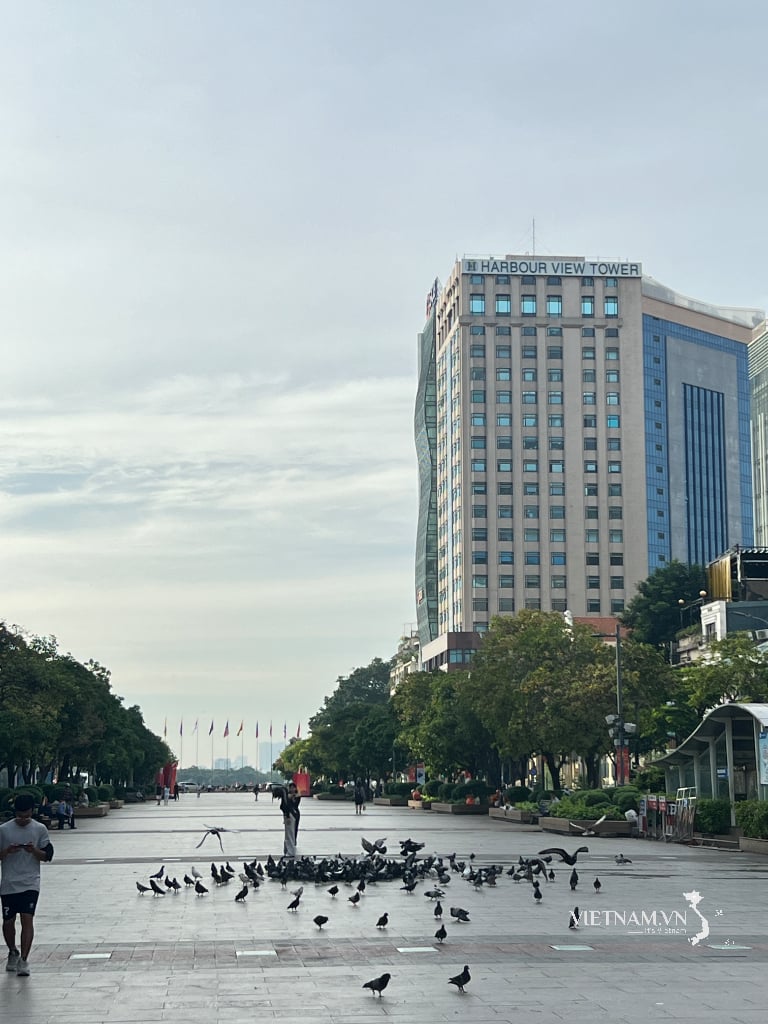
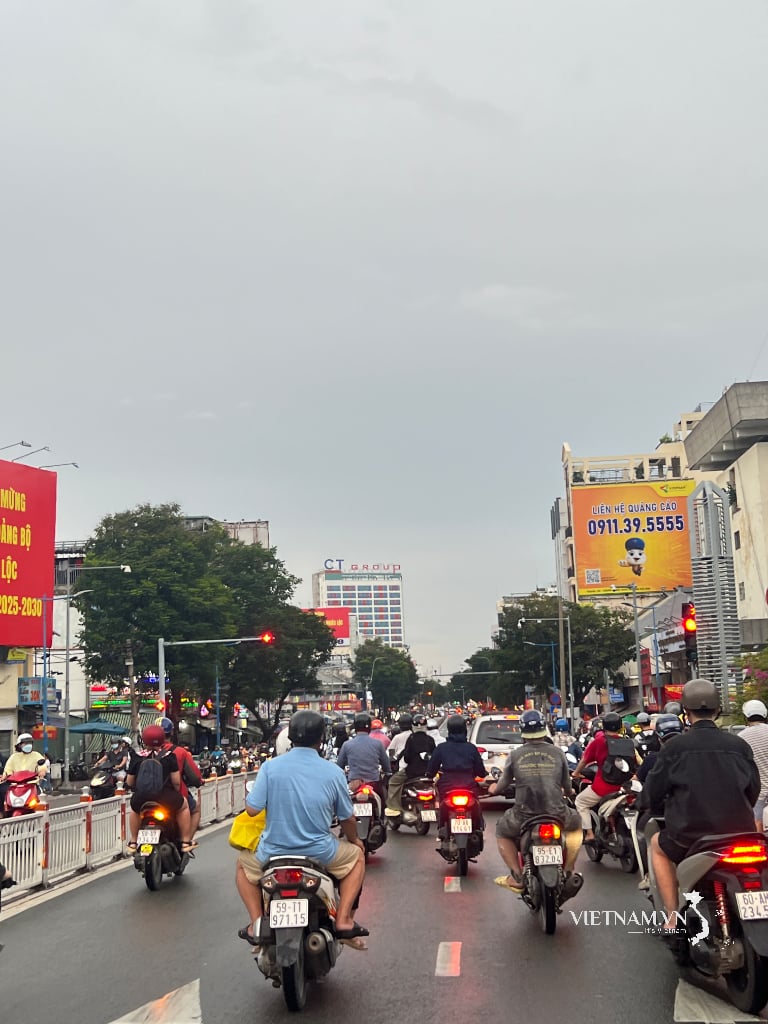

Comment (0)